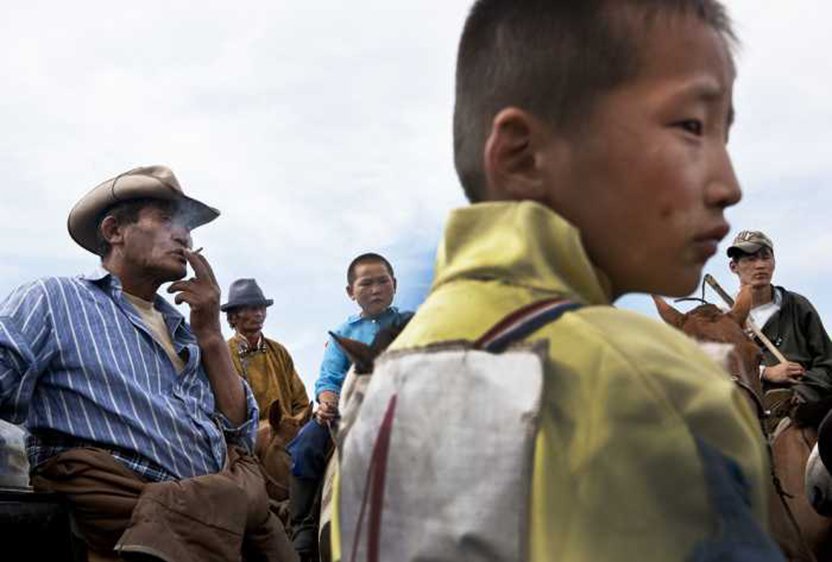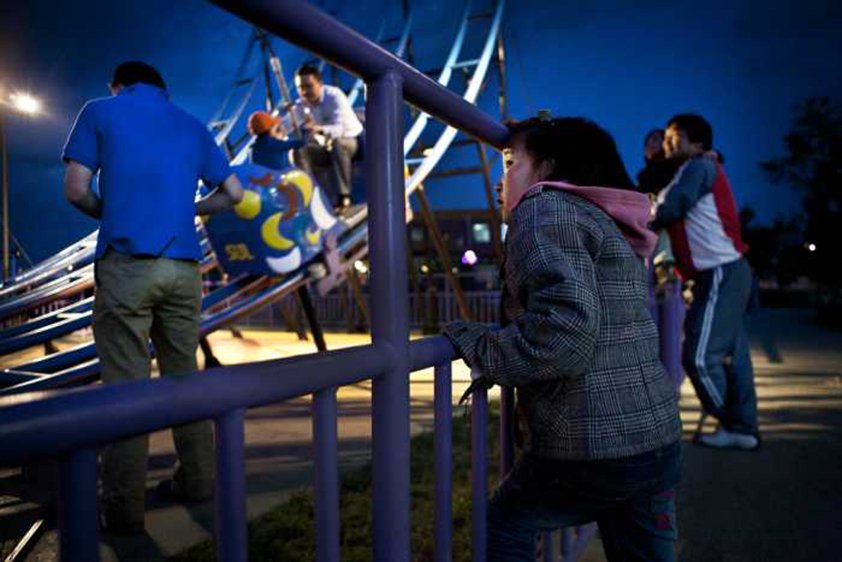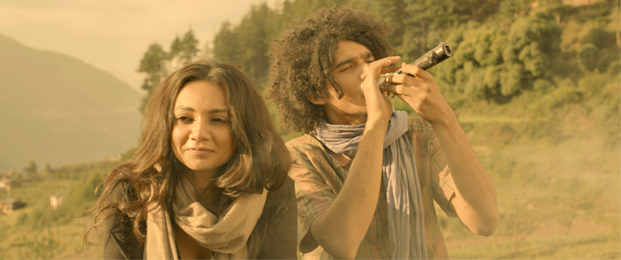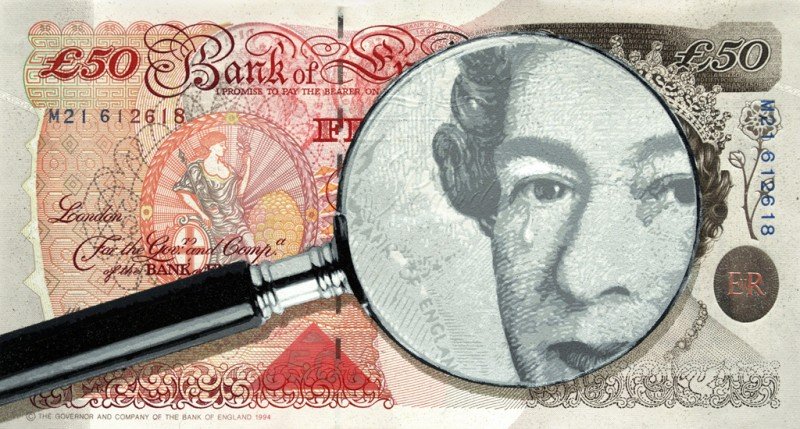Mongolia –
Rolling over the surreally monotonous terrain of grasslands in our “Russian jeep,” it wasn’t immediately evident that this was a country deep in the throes of change. Since 2011, Mongolia’s sky-rocketing economy fuelled by its nascent mining industry has been turning the country into one of the world’s fastest growing economies. Meanwhile, a spate of record-breaking harsh winters called dzud over the past 20 years was making the traditional practice of pastoral nomadism untenable. Now, bumping along in the off-road vehicle, we were on a journey to find out how nomadic herders were being impacted by these changes, in their own words.
We began to see the signs of change as we went from homestead to homestead, interviewing countless families in their white felt tents called gers. Inside the ger, we drank salty milk tea and watched flat-screen TVs powered by solar panels. In the pastures, we watched nomads herd their animals on motorcycle rather than on horseback. Surrounding these gers in a wide periphery were piles of bones from dead animals, remnants of several disastrous dzud. We noticed a curious lack of young adults — who we eventually found out were all living, working, or studying in the city — and heard the same refrain from their nomadic parents over and over again: “My children will go to school, they will not be herders.”
 A young Mongolian girl watches people on a ride in Ulaanbaatar’s Children’s Park. More than a quarter of Mongolia’s population is under 14 years of age, making the country one of the youngest in Asia.
A young Mongolian girl watches people on a ride in Ulaanbaatar’s Children’s Park. More than a quarter of Mongolia’s population is under 14 years of age, making the country one of the youngest in Asia.
Today, livestock in Mongolia outnumber humans 15 to one, and a third of the country’s three million people practice animal husbandry. Mongolians are fiercely proud of their nomadic heritage — it forms the base of their national identity. But recent years have proven especially hard for herders: a combination of lower precipitation and poor pasture management has laid waste to Mongolia’s “green gold,” or lush grasslands, creating a frightening trend of malnourished animals unable to withstand Mongolia’s winters. After three disastrous dzud in the 2000s devastated herds, hundreds of thousands of herders flocked to Ulaan Bator, the capital city, in hopes of finding a new start. Now, 70 per cent of the city’s residents live in ger districts — settlements of displaced nomads living without electricity or sanitation — while Ulan Bator struggles to provide public utilities to a mushrooming urban population.
But Mongolia sees new hope on the horizon. Laden with some of the world’s largest untapped reserves in copper, gold, and coal, a booming mining industry offers new economic promise to the populace. With 12.7 per cent GDP growth in 2012 and more to come with the completion of Oyu Tolgoi, the new copper-and-gold mega-mine in the Gobi Desert, Mongolia is predicted to continue as the fastest rising economy in 2013.
 A nomad smokes a cigarette inside his ger in northeastern Mongolia. Cigarettes have replaced the jade pipes and jade snuff bottles that were traditionally carried by Mongolian men.
A nomad smokes a cigarette inside his ger in northeastern Mongolia. Cigarettes have replaced the jade pipes and jade snuff bottles that were traditionally carried by Mongolian men.
Anecdotal evidence shows that this opportunity could not come at a better time for many herders.
“I’m going to be the last herder of my family. I’m going to do everything to send my kids to school,” said Erdenemunkh, one herder we interviewed. Erdenemunkh, or “Erde” to his friends, was one of the herders hit hard by the dzud of 2010. But having no other skills, he continues to herd, raising enough livestock to feed his family and grow a savings that will one day pay for a college education and an urban lifestyle for his two children.
Although the new mining industry is poised to lift Mongolia to new economic heights, the settled, urban lifestyle it engenders could not be more at odds with the country’s identity and history as a nomadic people. As the push and pull of a booming new industry shapes the future of Mongolia, most will still look to herders as the country’s stewards of cultural history, identity, and heritage.
 Young jockeys, horse owners, and spectators gather before a horse race during Naadam, the traditional Mongolian festival of the ‘three manly sports.’ Rural Naadams occur all over the country, building up to the national Naadam that takes place in the capital city of Ulaanbaatar.
Young jockeys, horse owners, and spectators gather before a horse race during Naadam, the traditional Mongolian festival of the ‘three manly sports.’ Rural Naadams occur all over the country, building up to the national Naadam that takes place in the capital city of Ulaanbaatar.
Nina Wegner and Taylor Weidman created Mongolia’s Nomads, a coffee-table book describing the ancient traditions and current struggles of Mongolian herders. Proceeds from book sales are administered by their non-profit, the Vanishing Cultures Project, and benefit local cultural initiatives in Mongolia.
Art & Culture Featured – Written by – Nina Wegner
Photographs by – Taylor Weidman












